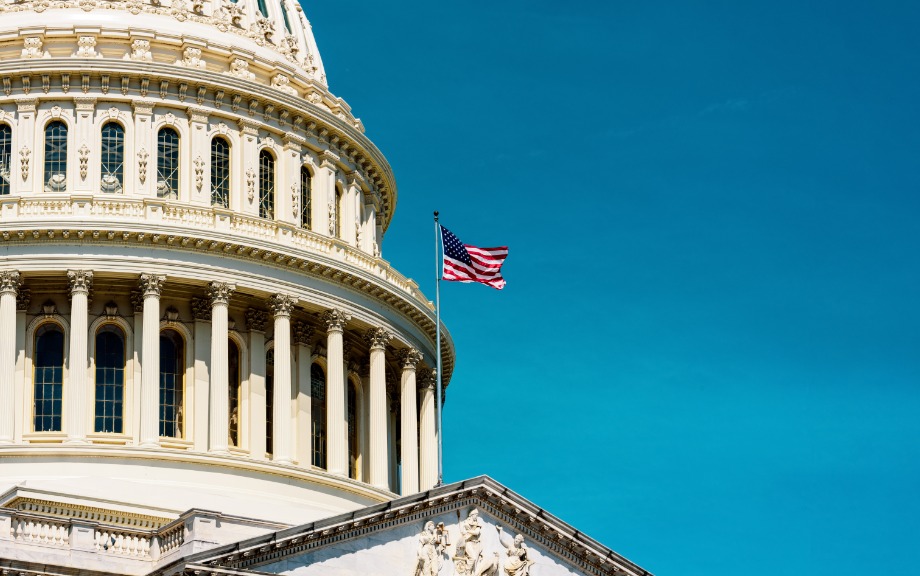How Liquid Has the Treasury Market Been in 2022?

Policymakers and market participants are closely watching liquidity conditions in the U.S. Treasury securities market. Such conditions matter because liquidity is crucial to the many important uses of Treasury securities in financial markets. But just how liquid has the market been and how unusual is the liquidity given the higher-than-usual volatility? In this post, we assess the recent evolution of Treasury market liquidity and its relationship with price volatility and find that while the market has been less liquid in 2022, it has not been unusually illiquid after accounting for the high level of volatility.
With Abundant Reserves, Do Banks Adjust Reserve Balances to Accommodate Payment Flows?

As a result of the global financial crisis (GFC), the Federal Reserve switched from a regime of scarce reserves to one of abundant reserves. In this post, we explore how banks’ day-to-day management of reserve balances with respect to payment flows changed with this regime switch. We find that bank behavior did not change on average; under both regimes, banks increased their opening balances when they expected higher outgoing payments and, similarly, decreased these balances with expected higher incoming payments. There are substantial differences across banks, however. At the introduction of the abundant-reserves regime, small domestic banks no longer adjusted balances alongside changes in outgoing payments.
How Can Safe Asset Markets Be Fragile?

The market for U.S. Treasury securities experienced extreme stress in March 2020, when prices dropped precipitously (yields spiked) over a period of about two weeks. This was highly unusual, as Treasury prices typically increase during times of stress. Using a theoretical model, we show that markets for safe assets can be fragile due to strategic interactions among investors who hold Treasury securities for their liquidity characteristics. Worried about having to sell at potentially worse prices in the future, such investors may sell preemptively, leading to self-fulfilling “market runs” that are similar to traditional bank runs in some respects.
The First Global Credit Crisis

June 2022 marks the 250th anniversary of the outbreak of the 1772-3 credit crisis. Although not widely known today, this was arguably the first “modern” global financial crisis in terms of the role that private-sector credit and financial products played in it, in the paths of financial contagion that propagated the initial shock, and in the way authorities intervened to stabilize markets. In this post, we describe these developments and note the parallels with modern financial crises.
Do the Fed’s International Dollar Liquidity Facilities Affect Offshore Dollar Funding Markets and Credit?

At the outbreak of the pandemic, in March 2020, the Federal Reserve implemented a suite of facilities, including two associated with international dollar liquidity—the central bank swap lines and the Foreign International Monetary Authorities (FIMA) repo facility—to provide dollar liquidity. This post discusses recent evidence showing the contributions of these facilities to financial and economic stability, highlighting evidence from recent research by Goldberg and Ravazzolo (December 2021).
How Does Market Power Affect Fire‑Sale Externalities?

An important role of capital and liquidity regulations for financial institutions is to counteract inefficiencies associated with “fire-sale externalities,” such as the tendency of institutions to lever up and hold illiquid assets to the extent that their collective actions increase financial vulnerabilities. However, theoretical models that study such externalities commonly assume perfect competition among financial institutions, in spite of high (and increasing) financial sector concentration. In this post, which is based on our forthcoming article, we consider instead how the effects of fire-sale externalities change when financial institutions have market power.
Were Banks Exposed to Sell‑offs by Open‑End Funds during the Covid Crisis?

Should open-end mutual funds experience redemption pressures, they may be forced to sell assets, thus contributing to asset price dislocations that in turn could be felt by other entities holding similar assets. This fire-sale externality is a key rationale behind proposed and implemented regulatory actions. In this post, I quantify the spillover risks from fire sales, and present some preliminary results on the potential exposure of U.S. banking institutions to asset fire sales from open-end funds.
Tailoring Regulations

Regulations are not written in stone. The benefits derived from them, along with the costs of compliance for affected institutions and of enforcement for regulators, are likely to evolve. When this happens, regulators may seek to modify the regulations to better suit the specific risk profiles of regulated entities. In this post, we consider the Economic Growth, Regulatory Relief, and Consumer Protection Act (EGRRCPA) passed by Congress in 2018, which eased banking regulations for smaller institutions. We focus on one regulation—the Liquidity Coverage Ratio (LCR)—and assess how its relaxation affected newly exempt banks’ assets and liabilities, and the resilience of the banking system.
Did Dealers Fail to Make Markets during the Pandemic?
Sarkar and coauthors liquidity provision by dealers in several important financial markets during the COVID-19 pandemic: how much was provided, possible causes of any shortfalls, and the effects of the Federal Reserve’s actions to support the economy.
Measuring the Forest through the Trees: The Corporate Bond Market Distress Index

With more than $6 trillion outstanding, the U.S. corporate bond market is a significant source of funding for most large U.S. corporations. While prior literature offers a variety of measures to capture different aspects of corporate bond market functioning, there is little consensus on how to use those measures to identify periods of distress in the market as a whole. In this post, we describe the U.S. Corporate Bond Market Distress Index (CMDI), which offers a single measure to quantify joint dislocations in the primary and secondary corporate bond markets. As detailed in a new working paper, the index provides more salient information about the state of the corporate bond market relative to common measures of financial stress, thereby more accurately identifying periods of widespread dislocation in the market.










 RSS Feed
RSS Feed Follow Liberty Street Economics
Follow Liberty Street Economics